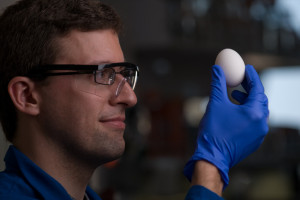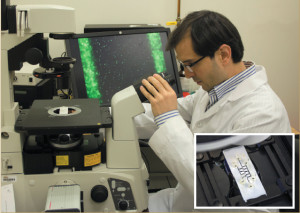 Researchers from Lappeenranta University of Technology (LUT) and VTT Technical Research Centre of Finland have successfully created food out of electricity and carbon dioxide, which they hope could one day be used to help solve world hunger.
Researchers from Lappeenranta University of Technology (LUT) and VTT Technical Research Centre of Finland have successfully created food out of electricity and carbon dioxide, which they hope could one day be used to help solve world hunger.
According to reports, the single-cell protein can be produced wherever renewable energy is available, with uses ranging from food to animal feed.
“In practice, all the raw materials are available from the air. In the future, the technology can be transported to, for instance, deserts and other areas facing famine,” co-author of the research, Juha-Pekka Pitkanen, said in a statement. “One possible alternative is a home reactor, a type of domestic appliance that the consumer can use to produce the needed protein.”
The researchers achieved this result by exposing those raw materials and putting them in a small “protein reactor.” After exposing it to electrolysis, chemical decomposition occurs. After about two weeks, one gram of powder made of 50 percent protein and 25 percent carbohydrate.




